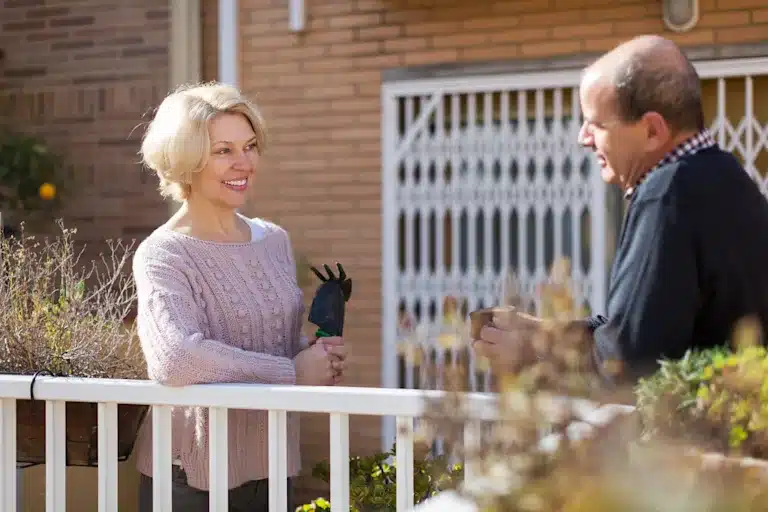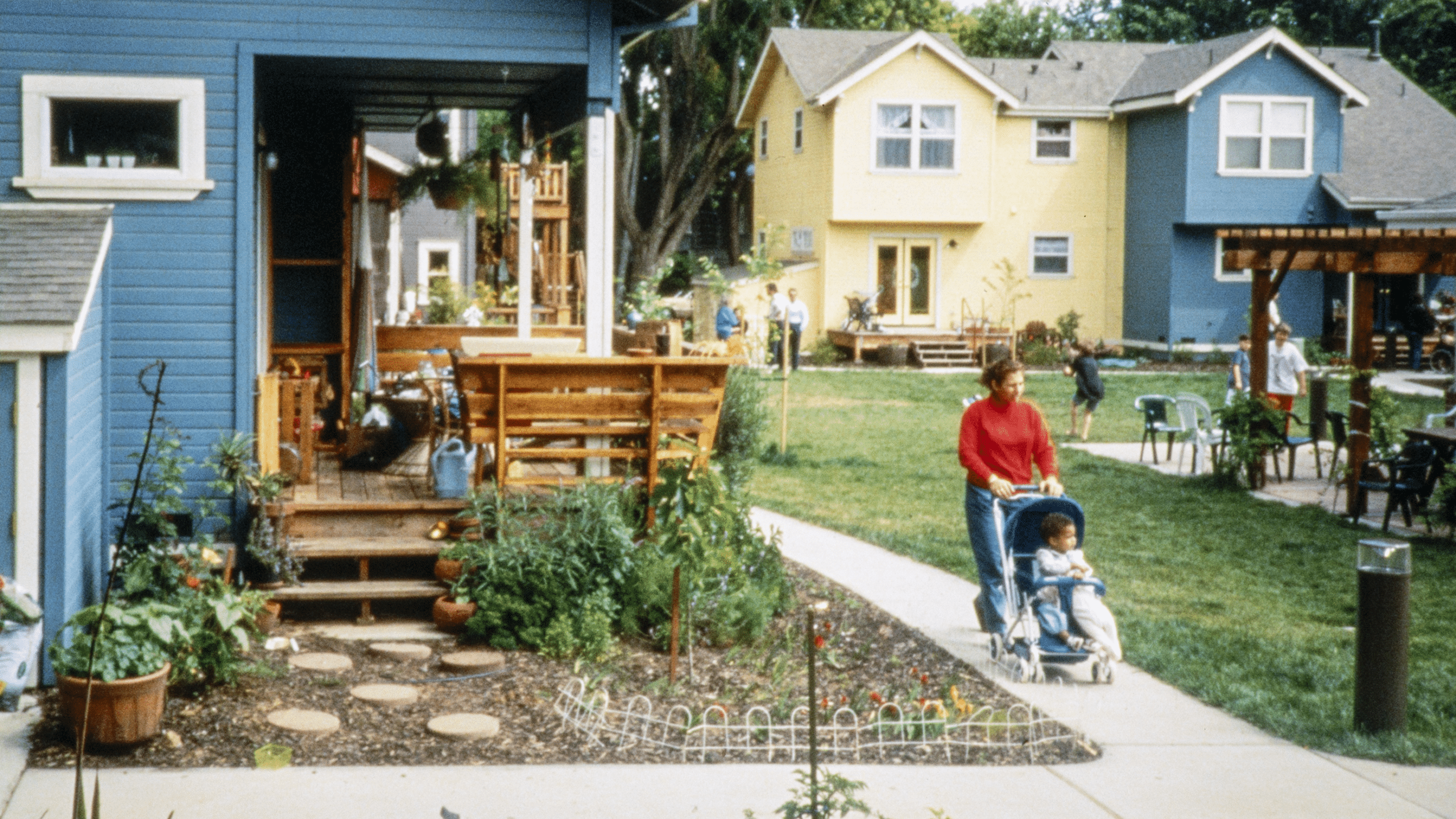Moving into a new neighborhood is often painted as a fresh start, full of possibilities and excitement. You imagine friendly neighbors dropping by with baked goods, a peaceful street to walk your dog, and the thrill of designing your new space.
But beneath the hopeful surface lies a quieter, often unspoken reality: settling in is rarely as smooth as anticipated. In fact, it’s a deeply personal journey filled with emotional, logistical, and social hurdles that no one really prepares you for.
The excitement of a new place is real—but so is the sense of loss that comes from leaving behind familiar streets, routines, and people. As you step into a different environment, what seems like a minor shift in zip code can shake up your comfort zone more than expected.
People don’t often talk about the emotional dissonance that can come from missing your old grocery store, your favorite coffee spot, or simply knowing which shortcut to take to avoid traffic.
The truth is, building a life in a new neighborhood takes more than a signed lease or a mortgage. It requires deliberate effort, patience, and a clear understanding that even though you’ve moved in physically, emotionally, and socially, it may take much longer to feel like home.
The Quiet Impact of Choosing the Right Help

The process of relocating plays a critical role in how quickly you adapt to your new surroundings. One overlooked but surprisingly impactful aspect of the transition is how you physically move. Hiring the right help can mean the difference between arriving in your new home frazzled and frustrated or calm and organized.
This is where working with a reliable local moving company can make a real difference. Their knowledge of the area, efficient handling of logistics, and ability to navigate the unique challenges of the neighborhood can smoothen the first step of settling in.
Their experience can also reduce your stress during an already overwhelming time, allowing you to focus on more important things—like exploring your new community, setting up your home with intention, and beginning the long journey of feeling rooted.
The Illusion of Instant Belonging
One of the biggest misconceptions people have is that community bonds will form naturally and quickly. The truth is, most neighborhoods today are composed of busy individuals who value their privacy. Gone are the days when neighbors would knock on your door to introduce themselves. This isn’t a sign of coldness—it’s simply the modern way of life.
Waiting for others to reach out will likely leave you feeling isolated. If you want to be part of your community, the initiative has to come from you. That may mean attending local events, walking your dog regularly, or frequenting the same spots at similar times to build familiarity.
Learning the Rhythm of the Community
Every neighborhood has a personality, a pulse. There are unwritten rules and daily patterns that shape its culture. Maybe the mail carrier comes later in the day than you’re used to.
Perhaps garbage collection has stricter rules. Or you might find that the community is particularly quiet during weekends because families leave for out-of-town getaways.
These subtle rhythms take time to understand. Initially, you may feel out of sync. You might get odd looks for parking in a spot that’s “understood” to be someone else’s or water your lawn at a time that’s considered too late. These aren’t dramatic incidents, but they can chip away at your comfort if you’re unaware.
Emotional Whiplash and Unexpected Loneliness

Even when everything seems to be going well—your home is set up, your commute is manageable, and the neighborhood appears safe—you might still feel a persistent emotional void. This is especially true if you were emotionally connected to your previous place. Nostalgia can sneak up unexpectedly and make you second-guess your move.
It’s perfectly normal to feel this way. You’ve uprooted yourself from a place where memories were made, routines were second nature, and faces were familiar. In contrast, your new environment can feel sterile at first—like a house, not yet a home.
Practical Challenges You Don’t Anticipate
Even if the neighborhood looked great on paper—safe, well-connected, and filled with amenities—you might discover things that never made it into your research. Maybe there’s an early morning noise from nearby construction. Perhaps cell reception is spotty in some rooms. Or your nearest grocery store doesn’t carry your favorite brand of coffee.
These are minor inconveniences on the surface, but they can cause cumulative frustration. Settling in, then, becomes a process of constant adjustment. You learn to find workarounds, adapt your routines, and reframe expectations.
The Role of Familiarity in Comfort
Humans are creatures of habit. Our comfort is often tied not to luxuries but to predictability. When you move to a new neighborhood, everything requires conscious thought—from which direction the light hits your window in the morning to how long it takes to boil water on your new stove.
This constant stream of small decisions can be mentally taxing. It’s called “decision fatigue,” and it’s one of the lesser-discussed challenges of moving. Your brain is working overtime to process a flood of new inputs.
The good news? This phase doesn’t last forever. Within a few weeks or months, you’ll find that what once required effort becomes second nature.
Building New Traditions
One of the most empowering ways to anchor yourself in a new place is to create new rituals. Maybe it’s a Sunday morning walk, a weekly visit to the local market, or simply sipping tea by a specific window at sunset. These acts may seem insignificant, but they help you create a sense of ownership over your new space.
Traditions bring a sense of continuity, even if the environment has changed. They turn unfamiliar spaces into comforting ones and act as emotional bridges between your past and your future.
Embracing the Journey, Not Just the Destination
Settling into a new neighborhood is a journey layered with discovery, discomfort, and growth. It’s rarely talked about because much of the process happens internally.
It’s not always visible, and the victories aren’t always big. But they’re there—in the smile from a neighbor who remembers your name, in the shortcut, you finally learn, in the quiet satisfaction of putting down roots again.
No one tells you how long it might take to feel at home. No one tells you how deeply you might miss your old one. But with patience, openness, and intention, you’ll find your rhythm—and eventually, without even realizing it, you’ll stop feeling like a newcomer.
You’ll feel…home.
Top of Form
Bottom of Form

